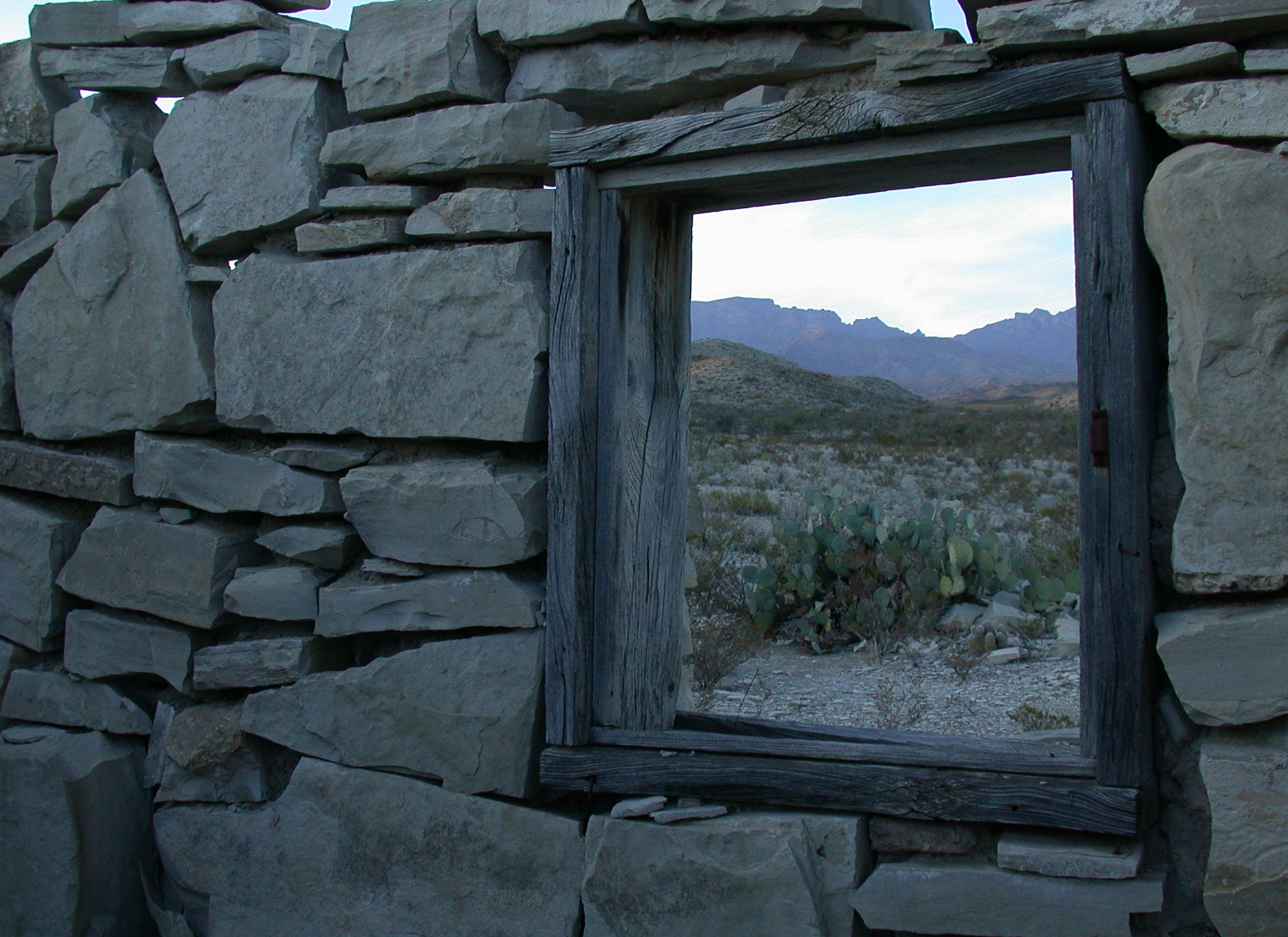Introduction
This second entry in our architectural glossary skips directly from Foundation to Window. Yes, we could have gone next to Wall, or Roof, or Toilet. But, no, it's Window next. Real glossaries have to be alphabetical, but we've got the luxury here of making up our own rules.
If you missed our first entry, think of our architectural glossary as though your friend, the architect, had a couple of glasses of wine at the party and decided to explain, from the architect's perspective, what's going on with all of the things that make up our buildings. To your child. Even if you don't have a child. Your inner child? Yeah, let's go with that.
W Is for Window
We wouldn't have windows except for bugs and weather. We would just punch big holes in our walls, because really it's a lot nicer to be outside except for those things. I guess that's actually a deeper statement about architecture. We wouldn't have it except for bugs and weather and that kind of thing. We would just sit around outside.
Huh. Have I spent my whole career fighting against weather and bugs? I need to sit quietly and think about this for a bit.
OK, I'm back. I've decided that we should just move on because that's taking me too close to a mid-life crisis. Anyway, windows.

W Is for Window. Take 2.
Windows are a contradiction. They are our connection between inside and outside, inside having been defined when someone put up four walls and a roof and told everyone else they couldn't come in. Some time later, someone else poked a hole in a wall to get some light in, thus reconnecting inside and outside (in perhaps a bit too direct a way on rainy days). Some time -- millennia -- later, someone else figured out the glass thing. It was nice, and it still is. It's what separates a window from a hole, and in that distinction lies a tremendous amount of complication. We'll get to that, but first, happiness.
I kid you not: windows are more important to your health and happiness than you can imagine. All of us, even those Goth kids from your high school, are creatures of the sun. Modern life sometimes seems like it's structured to exclude contact with the world beyond our walls, so this is easy to forget. But countless studies have drawn direct connections between measures of happiness, success, and academic achievement and access to sunlight. So blame your mid-70s school, with its impenetrable concrete walls, for your C in algebra.
Architects are hyper-aware of this relationship between light and comfort, though for many of us it's not on a scientific level, but instead as a basic understanding of what makes spaces great. Carefully proportioned volumes, painted in light, are always part of that answer. Sometimes sheer, utter, soul-sucking blackness is, too, but much less frequently. That's why we're always working with you, our clients, to include more windows. Trust us. You'll be happier.

Windows: A Tremendous Amount of Complication
Is now a good time to return to the "tremendous amount of complication" thing? Probably not, but I only have so many words to work with here, so let's do it. Yeah, windows are complicated. See, an ideal window is virtually invisible, but also perfectly seals against the outside (bugs and weather, remember). Oh, and most of us want to be able to open our windows from time to time, so this invisible perfectly sealed thing also has to move. These three concepts are not happy together. The upshot of this is that (relative to the rest of your wall, not your Tesla) windows are technologically advanced, prone to failure (OK, maybe this part is Tesla-comparable), and expensive.
Technology has given us the ability to do things with windows that seem unreal, if you're used to thinking of glass as a sheet of thin breakable stuff. Nowadays, specialized coatings can tremendously reduce the sun's heat transmission through windows while still letting in the majority of light. Double-pane assemblies give windows some insulation value. Laminated, tempered glass can even stand up to hurricane-force winds, and the projectiles that they carry. Gasketing and specially designed assemblies can significantly reduce sound transmission. Many of the reasons why you wouldn't want a window have been tackled, and solved.
We ended our last definition with the thought that foundations connect us to the earth. Well, windows connect us to the sky. You and I are not unlike trees in this one regard -- we are made of the earth, and we have our roots in it, but we grow towards the sky, and the sun. It's easy to forget this basic need; modern life has removed us far from the elements of living. But windows are a way to reconnect. They're important in all of our spaces, and they're critical to architecture.